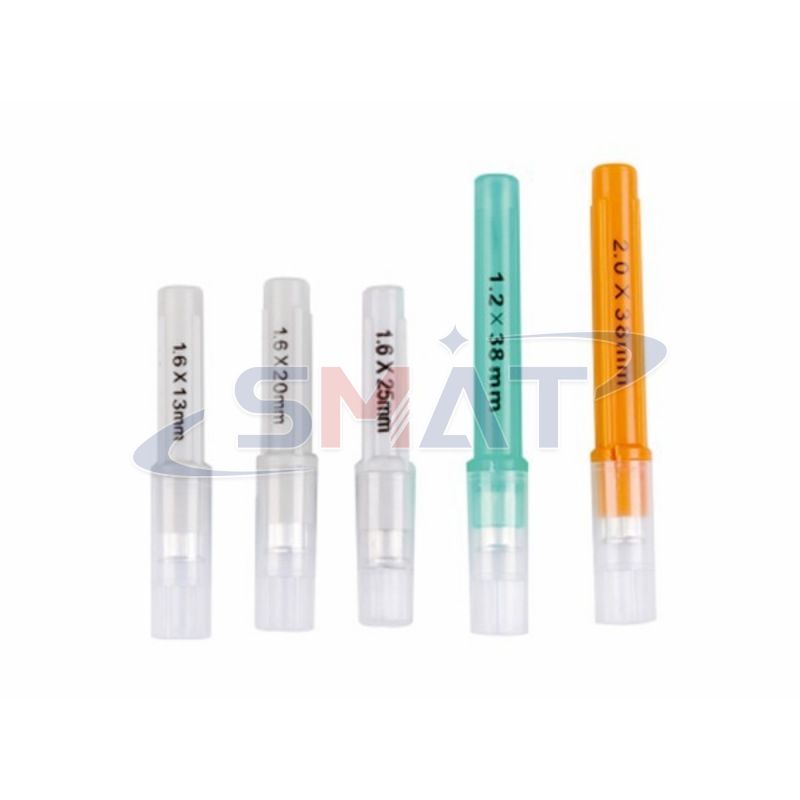Unveiling the Diversity of Veterinary Needles: A Comprehensive Guide
Jan. 31, 2024
In the realm of veterinary care, precision is paramount. Veterinary needles play a pivotal role in ensuring accurate and efficient medical interventions for our beloved animal companions. In this comprehensive guide, we delve into the various types of veterinary needles, shedding light on their unique characteristics and applications.

The Anatomy of Veterinary Needles
Hypodermic Needles
Widely recognized as the workhorses of veterinary medicine, hypodermic needles are versatile tools designed for subcutaneous injections. With varying lengths and gauges, these needles cater to diverse animal sizes and species, ensuring a seamless administration of medications.
Spinal Needles
Specifically engineered for spinal procedures, spinal needles are characterized by their fine, elongated design. Veterinarians often utilize these needles for procedures such as spinal taps and epidurals, where precision and minimal tissue damage are crucial.
Intravenous (IV) Catheter Needles
When rapid and direct access to the bloodstream is required, IV catheter needles come into play. These needles feature a catheter tubing attached, allowing for the continuous administration of fluids or medications, making them indispensable in critical care scenarios.
Tailoring Needles to Animal Sizes
Microfine Needles for Small Animals
Recognizing the unique needs of small animals, veterinarians employ microfine needles. These needles minimize discomfort and trauma, ensuring a gentle experience for our pint-sized companions during injections.
Large-Bore Needles for Livestock
In the expansive world of veterinary care, the needs of large livestock cannot be overlooked. Large-bore needles facilitate the efficient delivery of medications or vaccinations to sizable animals, streamlining the process for veterinary professionals.
Precision in Practice: Choosing the Right Needle
Selecting the Appropriate Gauge
The gauge of a needle determines its diameter, influencing factors such as flow rate and tissue trauma. Veterinarians carefully consider the specific requirements of each procedure, choosing the appropriate gauge to optimize outcomes.
Understanding Needle Lengths
Different medical interventions demand varying needle lengths. While subcutaneous injections may only require a short needle, procedures such as intramuscular injections necessitate longer needles to reach the targeted depth.
Innovative Needle Technologies
Safety Needles
As safety becomes an increasingly critical concern, safety needles have emerged as a revolutionary solution. Equipped with features like retractable shields, these needles minimize the risk of accidental needlestick injuries, prioritizing both animal and human safety.
Coated Needles for Reduced Friction
In the pursuit of enhancing patient comfort, veterinarians often opt for coated needles. These Veterinary aluminum needles boast specialized coatings that reduce friction during penetration, leading to a smoother and less painful experience for the animal.
Conclusion
In the ever-evolving landscape of veterinary medicine, staying informed about the diverse array of veterinary needles is paramount. From hypodermic needles catering to routine injections to specialized spinal needles for intricate procedures, each type serves a unique purpose. By understanding the nuances of these needles, veterinary professionals can elevate the standard of care provided to our cherished animal companions.
200
0
0

Comments
All Comments (0)